Introduction
Design and architecture have discovered using design as a means of studying, interpreting, and even replicating the design of nature to address human needs. That investigation of form, function, and systems has led to innovative designs in architecture. This is the Biomimicry model in which architects mirror nature’s pathways to shape homes that are sexy and sensible, domesticating lines of sustainability in ways leave landscapes once again slaked by a primal world.
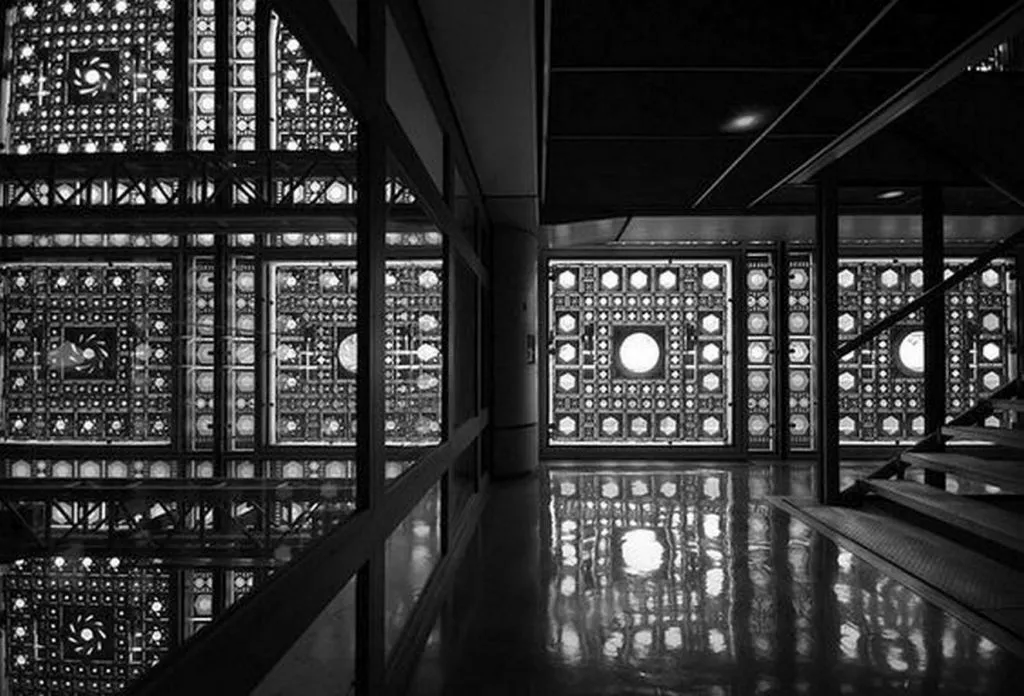
What is Biomimicry? Is there Biomimicry in Architecture?
In translation, Biomimicry — derived from the Greek words ζωή (bios) meaning life, and μίμησις (mīmēsis), imitate — is a discipline that learns from 3.8 billion years of natural selection. For architecture, this represents a truly radical departure from buildings that are merely informed by nature’s beauty to those that actually perform like it. After all, nature — a master architect who has refined the art of design over millions of years — offers us with a menu of unarguable and resilient answers. Understanding natural systems and organisms can provide a basis for how architects design our buildings to work together with the environment. That might take different forms, from reproducing the structural stability of a spider’s web to mimicking temperature control mechanisms used by a termite mound.
In addition, biomimicry goes beyond just the form and function. It also embeds the knowledge of ecological principles, to inform a design ethic that works harmoniously with nature and that minimises human impacts on the natural world. All this brings out a space design that exists along with and also nurtures nature.
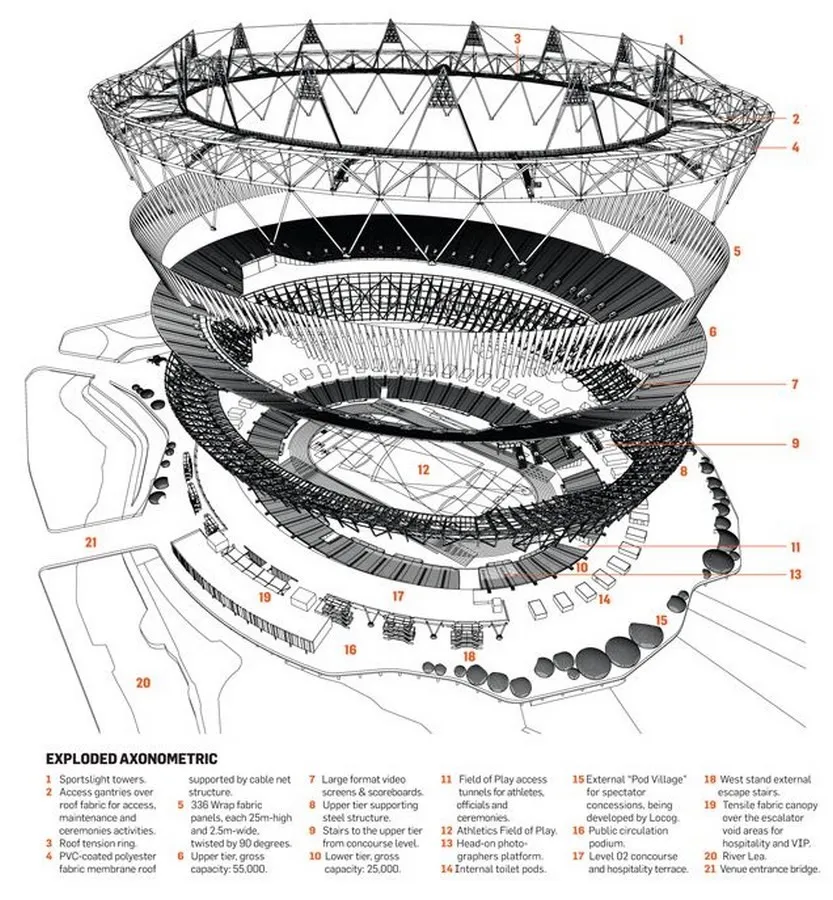
Distinguishing Biomimicry, Biodesign, Biomorphism, and Beyond
What makes biomimicry distinct from other bio-inspired design approaches is the importance it places on understanding these functional ways nature solves human challenges, and emulating them. Although biomorphism directly mimics the shapes of nature, biomimicry goes a step further — it is trying to understand how nature operates which results in those forms. This separation is critical because a design that merely looks like nature may have to be more efficient and sustainable.
There is often also misunderstanding of biomimicry with another term, use, which means to directly apply biological materials or organisms in the design. To use an example, the bioutilization of wood in furniture can be achieved without needing to fully understand or mimic the biological processes of a tree. In contrast, biomimicry seeks to use the shape of a tree, the way it grows, or its raw material qualities to design new answers to human questions.
Types of Biomimicry Design in Architecture
Biomimicry in architecture involves learning from nature’s processes, functions, forms, and materials.
1. These processes may include photosynthesis and self-healing which would be the focus of process-based biomimicry. Such as buildings with self-cleaning facades mimicking the lotus petal or water saving technologies derived from plant transpiration.
2. Functional bioinspiration on the other hand tries to imitate natural functions like emulating the ventilation system of a termite mound or creating water filtration inspired by oyster.
3. This type of biomimicry can be defined as form-based depending on the fact that it imitates examples directly found in nature whether it is about the most efficient shape for a honeycomb or certain colour patterns of a butterfly wing.
4. Raw nature inspired design material biomimicry: Spider silk-like fibers for strong and light structure & bone-inspired composites for today’s building components that last thousands of years.
Some of the best examples of this type of architecture are given below:
Esplanade, Singapore’s Durian-Inspired Theatre.
Esplanade, Singapore- Inspired by Durian’s Rough Exterior The stunning Esplanade Theatre in Singapore is a great example of biomimicry. The facade was designed by DP Architects and Michael Wilford. The rough exterior was modeled on the surface of the durian fruit. Stretching over an area of 60,000 square meters, the center comprises several parts such as a shopping mall, a theatre, a library, and a concert hall, which are all protected by a biomimetic skin that adapts to Singapore’s tropical weather. On the facade, metal sunshades regulate light and temperature. Esplanade Theatre, Singapore.
Found Milwaukee Art Museum This artwork also materializes the concept of biomimicry. The museum is located near beaches at Lake Michigan. The building takes a form of the lake from the outside, with some other facilities like the bird wings steel blind opening and closing pertinently, the ocean ship-shaped footbridge and wave-shaped gallery floors .
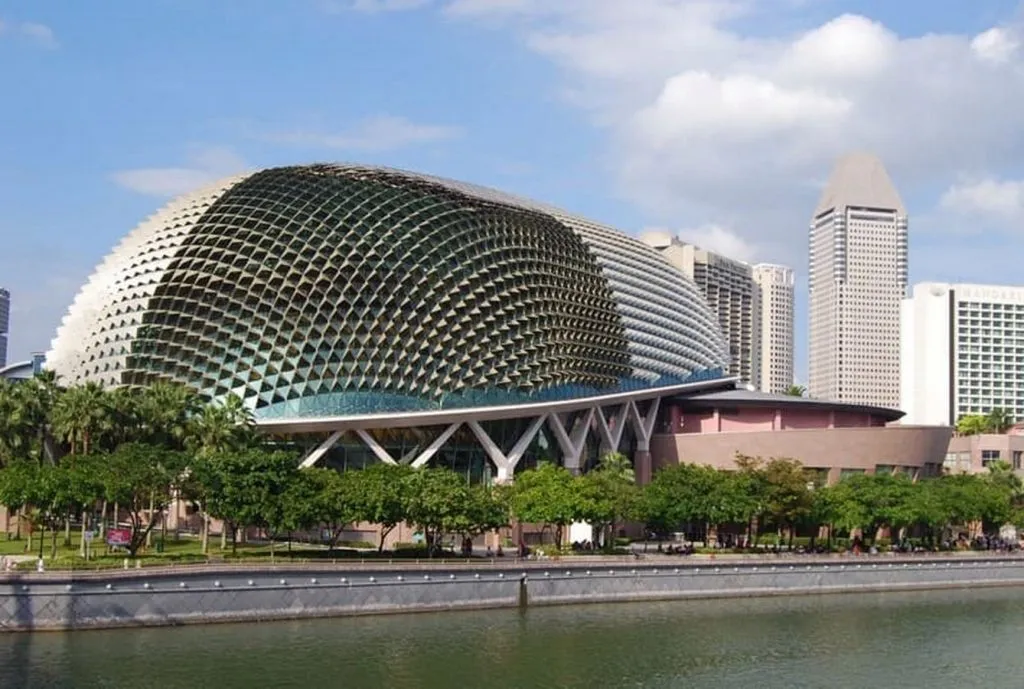
Beijing’s Aquatic centre: A Cellular Masterpiece.
Beijing’s Aquatic centre- A cell masterpiece The Beijing National Aquatic Center is also known as the Water Cube. It was inspired by the soap bubble structure. Thus, just like soap bubbles, its cellular structure works best in terms of insulation and light transmission. The cladding of ETFE is enabled to process solar energy, making it truly ecofriendly. National Aquatics Center, Beijing, Courtesy:
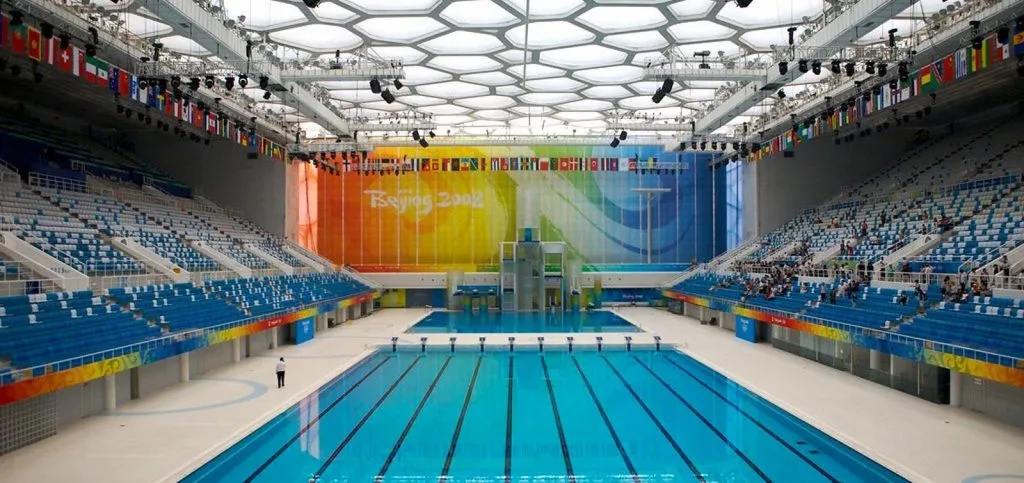
Beijing’s Bird’s Nest: A Biomimetic Stadium
Beijing’s Bird’s Nest- A Stadium Design Mimicking a Niche The 2008 Olympic Games hosted the iconic Beijing National Stadium, known as the Bird’s Nest. This stadium assumes the appearance of a bird’s nest on the outer steel. The aesthetics do not stop at the architecture but also help in the stadium’s functions. The ETFE panels are cushioned between the steel framework ripping from bird’s assembling a functional nest, offering protection against weather and noise, as well as becoming a good image for a stadium. National Stadium – Public. Design: Architecture firm – Herzog & Pierre de Meuron.

Milwaukee Art Museum’s Lake-Inspired Masterpiece
The Milwaukee Art Museum is an outstanding example of biomimicry in action. The museum, which is located on the beaches of Lake Michigan, was inspired by its aquatic environment. Features such as bird-wing-inspired moveable steel blinds, a sailboat-shaped pedestrian bridge, and a wave-like gallery floor demonstrate the building’s seamless interaction with its natural surroundings.

The Gherkin is a skyscraper inspired by nature.
An Architectural Example of Biomimicry: The Gherkin Skyscraper by Norman Foster in london The exterior and interior of the house is actually a custom design inspired by the Venus Flower Basket Sponge. Source:great heights(licence)The Gherkin, like the sponge, has a lattice-like morphology allowing for both strength and stability as well as maximum light and air. Such unusual design even eliminates the inside columns to permit vast and distinct floor designs.
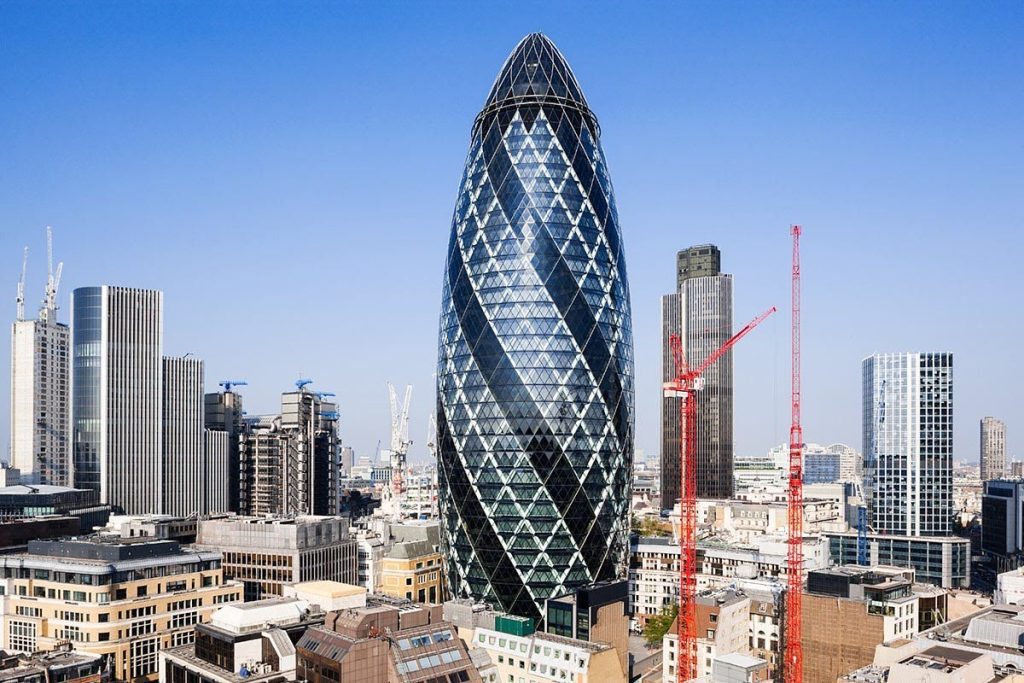
Eastgate Center: A Termite-Inspired Cooling System
Zimbabwe’s Eastgate Center is an early example of using this principle in architecture. Mick Pearce architects designed a shopping mall and office complex using the concept of natural cooling realized by Arup engineers. As well as having recesses from which cool air is drawn into the building and chimneys that can be opened to let warm air out, inspired by termite mounds. The energy consumption of this approach is reduced by an exceptional value of 10% compared to the conventional buildings.

The Eiffel Tower: Elemental Inspiration
The ever so famous Eiffel Tower has a hidden secret behind its structural integrity: the femur of humans. This design by Gustave Eiffel had cast-iron arches lattice together to follow the contour of a femur bone. This biomimetic process created an inexpe nsive, yet strong and light weight tower that could withstand forces.
The environment has reached a critical point where vast natural dilemmas are challenging the earth, and the built landscape is playing a significant part in these crises. But nature and more particularly biomimicy is one of the ways to achieve better sustainable and resilient design. By studying and mimicking nature’s designs, architects might build structures that use less energy, create less waste, and live in symbiosis with their ecosystems. There are an endless variety of uses for biomimicry, from self-healing materials inspired by living organisms to structures that mimic how nature naturally cools itself. This approach reduces our impact on the environment as well as increases human well-being — healthier and more comfortable indoor environments. In our efforts to create a more sustainable future, biomimicry stands out as a helpful device for architects and designers being the mediation of human creations with that of nature.





